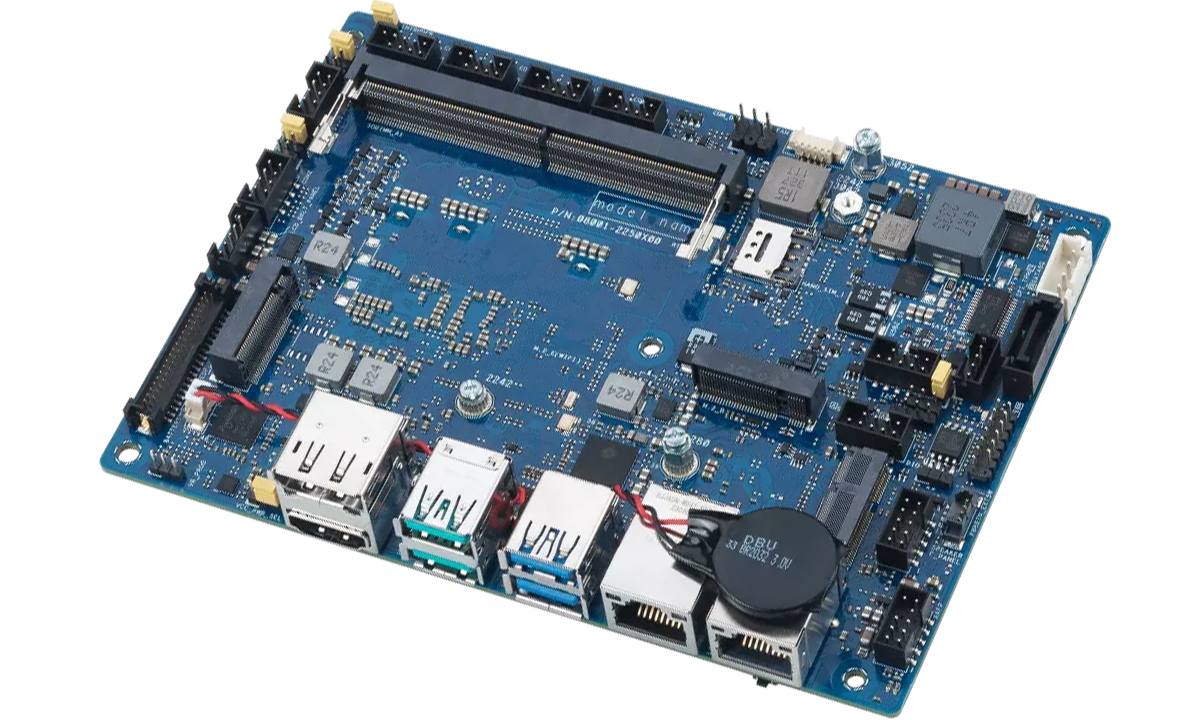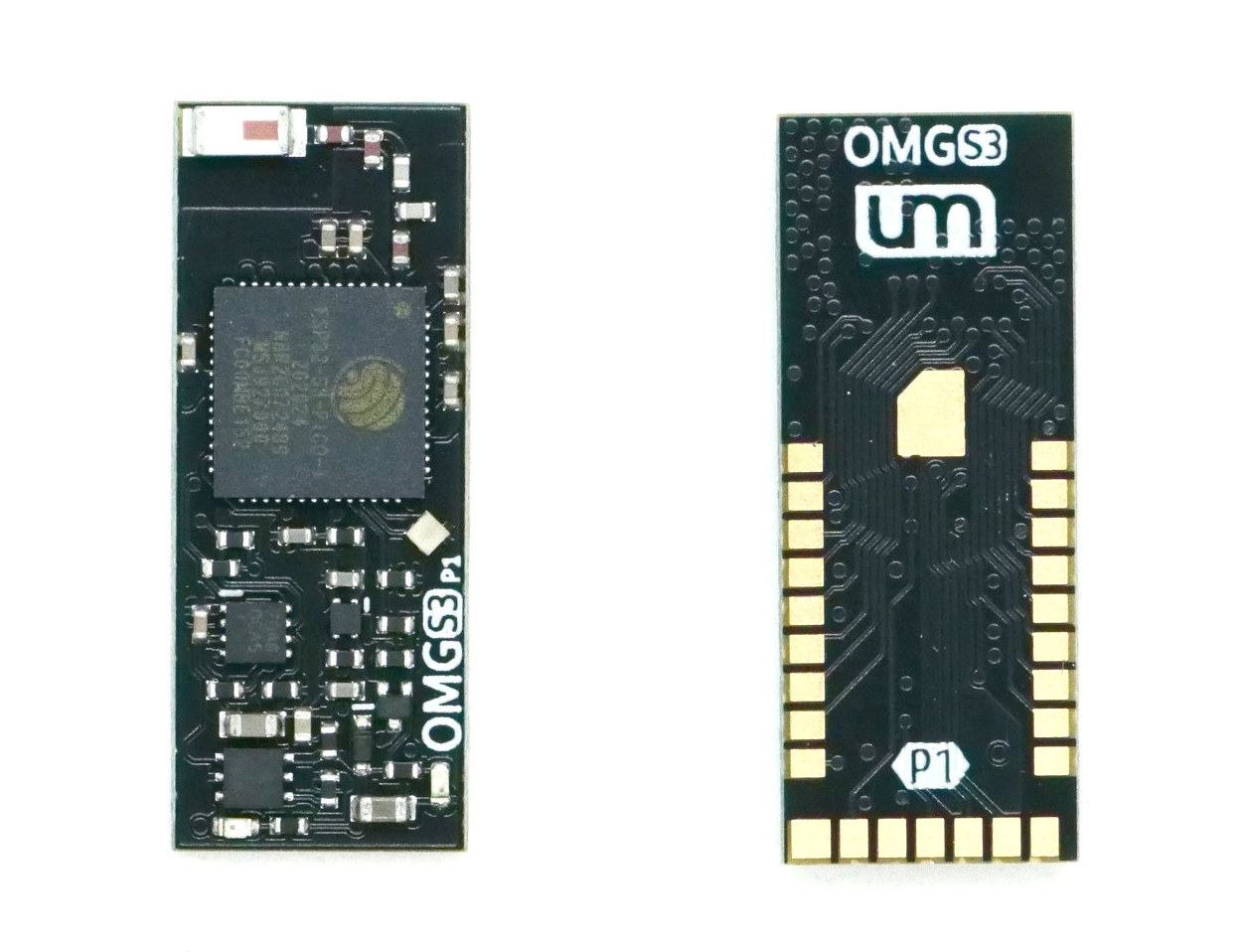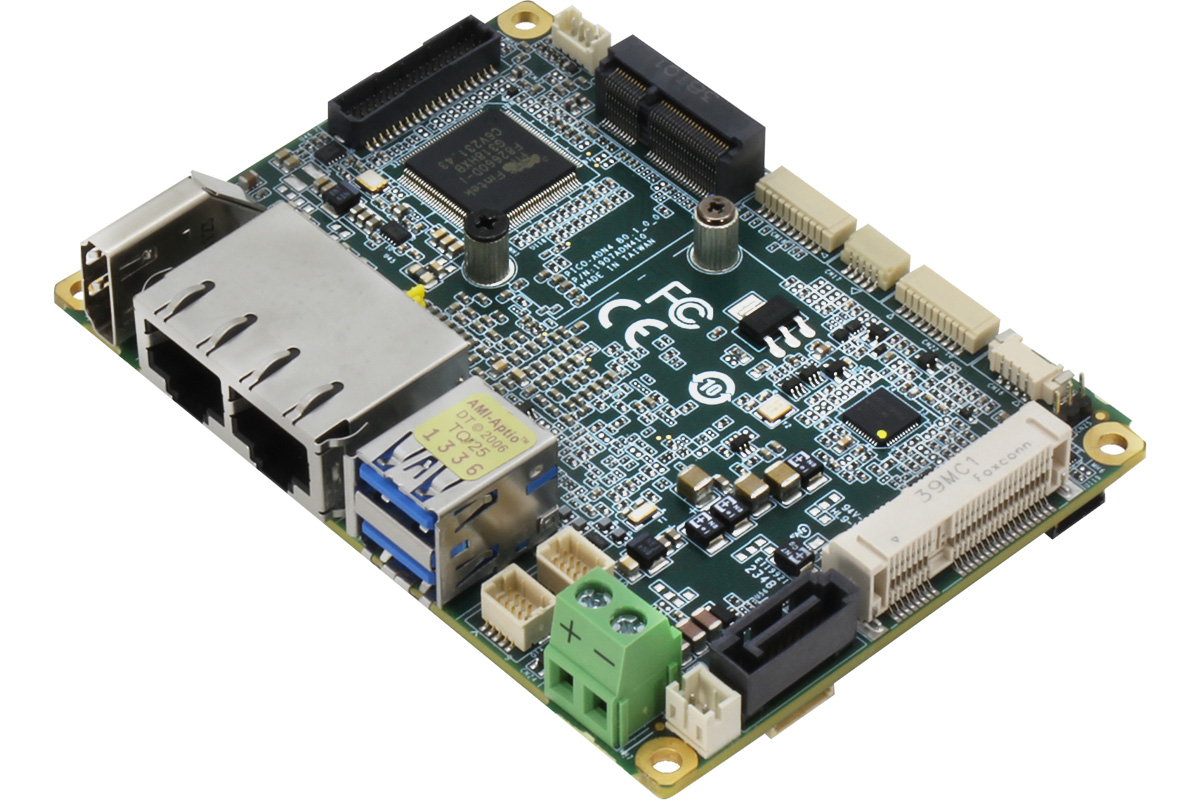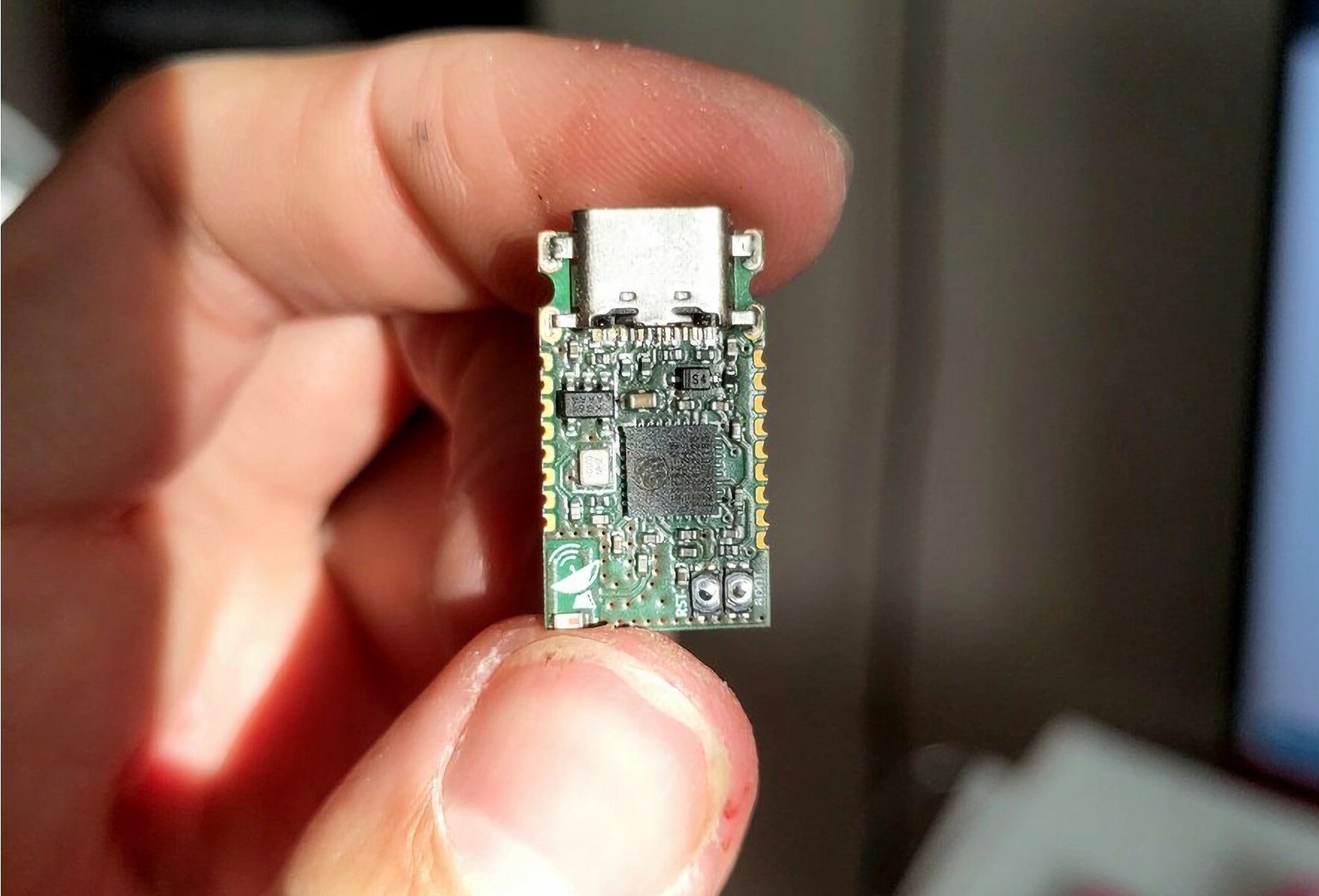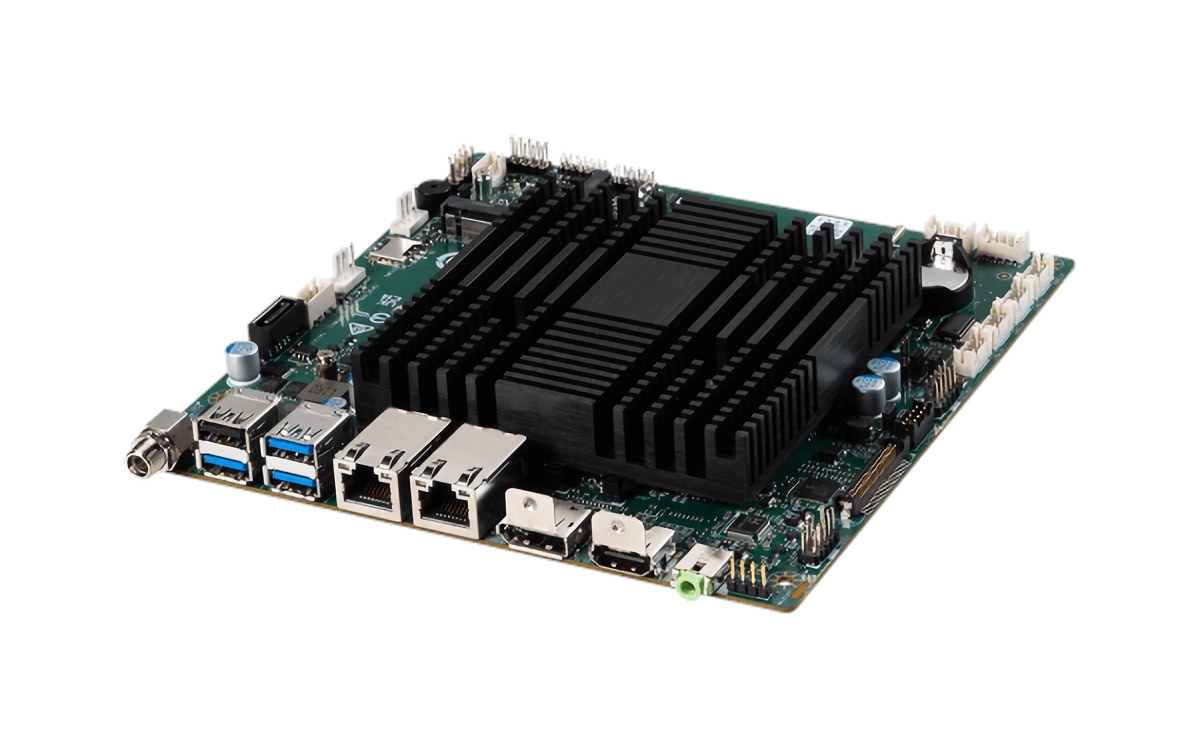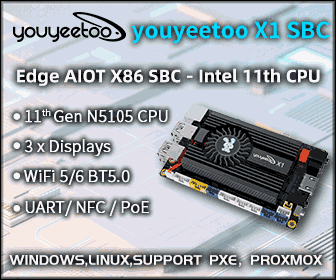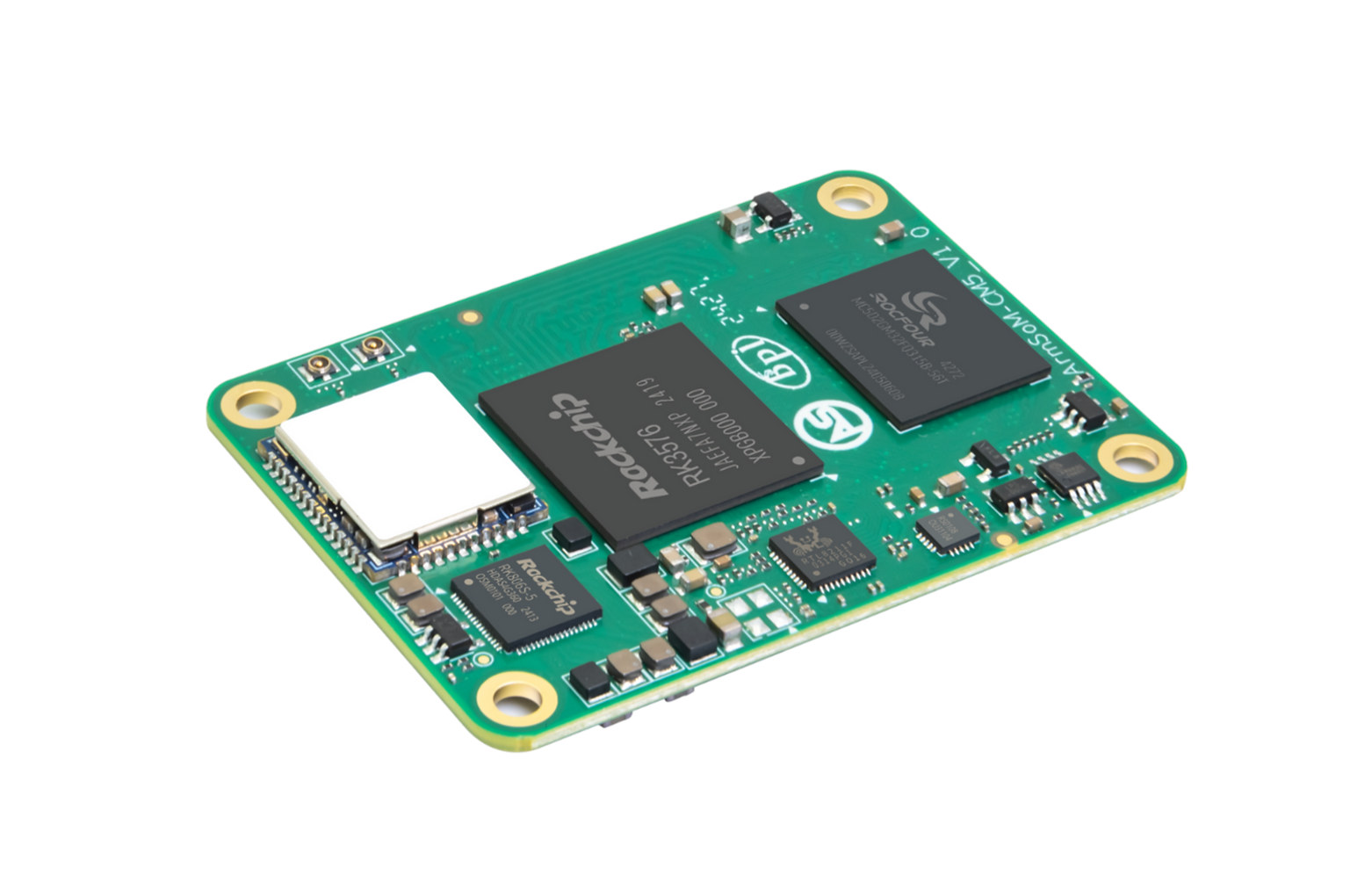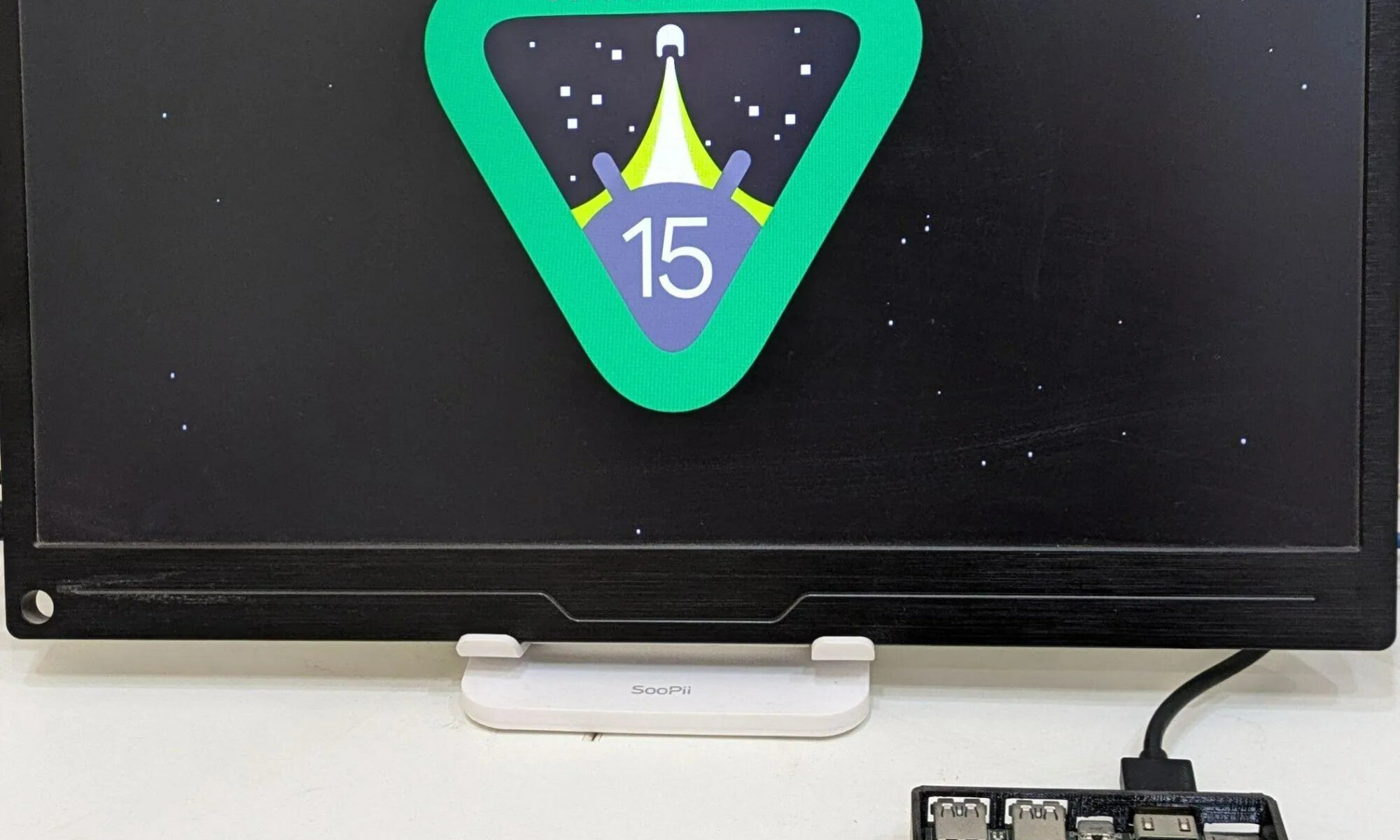ASUS X7433RE-IM-A 3.5-Inch motherboard features Intel Atom X7433RE Amston Lake SoC, dual Ethernet, three display interfaces
ASUS has launched the X7433RE-IM-A, a 3.5-inch industrial motherboard powered by an Intel Atom X7433RE Amston Lake SoC. The processor supports Intel Deep Learning Boost (DL Boost) and Intel AVX2 SIMD instructions to enhance AI processing and accelerate workloads at the IoT edge. The X7433RE-IM-A single-board computer supports up to 16GB of DDR5 4800MHz In-Band ECC memory via a SO-DIMM slot. The Intel Atom X7433RE processor, with integrated Intel UHD Graphics, supports up to three 4K displays through HDMI 2.0, DisplayPort 1.4, and LVDS/eDP 1.2. For storage, the board includes a SATA 3.0 interface and networking is implemented through two Ethernet controllers – Intel i210IT and i226IT (2.5GbE) – with WOL/PXE support. Previously, we covered the ASRock Industrial SBC-262M-WT, another Intel Atom X7433RE Amston Lake-based 3.5-inch motherboard. We also wrote about other 3.5-inch boards like the ECS ADLN-IE1S, Jetway MF32, ECS RK3568-IS, MSI MS-98M3, and several others. You can check […]


